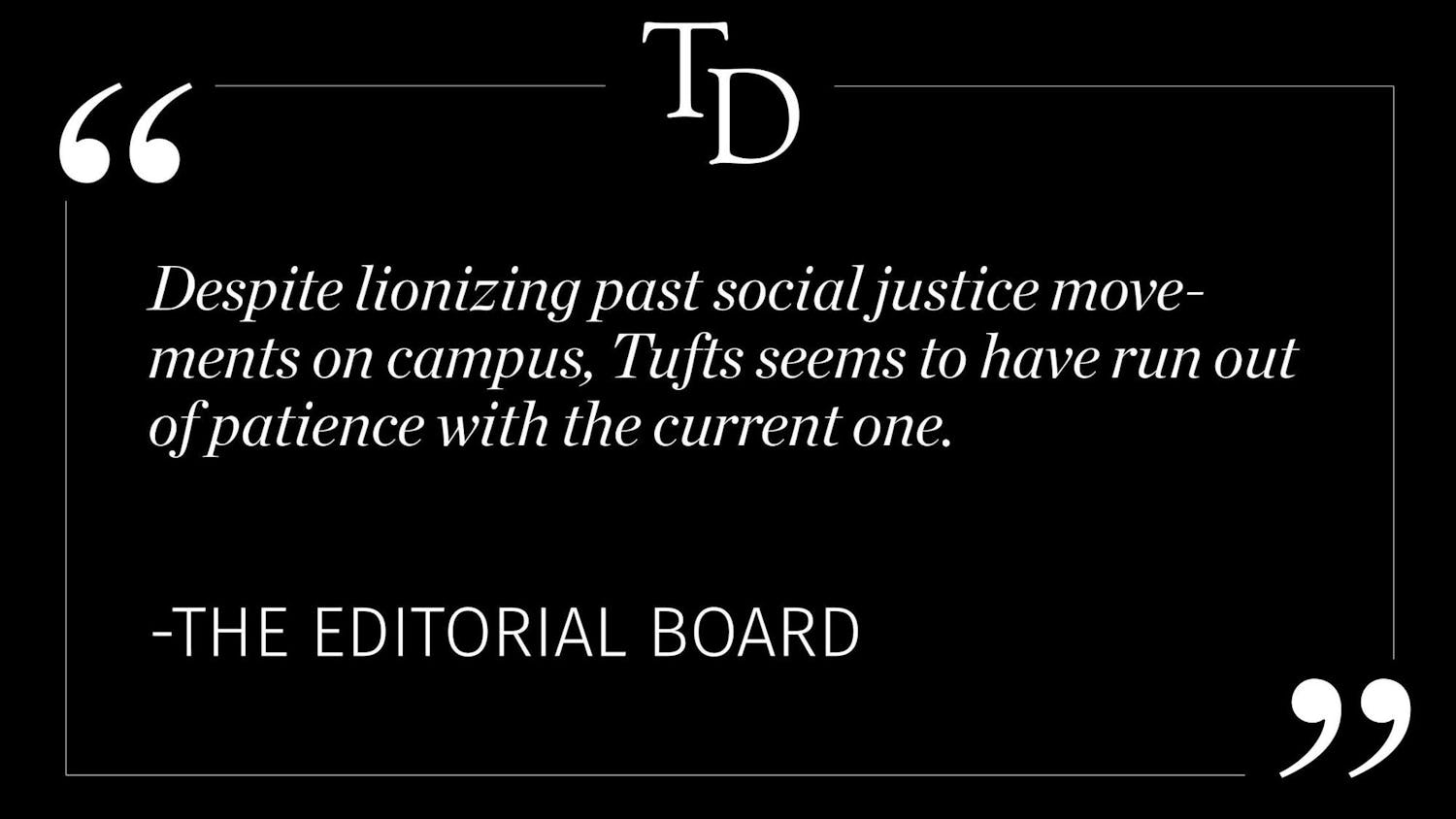Trigger warning: This article contains references to sexual abuse and relationship violence.
The sexually explicit novel that rocked the nation, "Fifty Shades of Grey" (2011), has been adapted into a movie and is scheduled to premiere this Friday, as in Friday the thirteenth. While the producers most likely pinned it down on this day to relate it to Valentine’s Day, the day after, it’s only destiny that this poorly written, modified piece of fan-fiction is coming to theaters on one of the most dreaded and superstitious days of the year. The whole franchise glorifies a terrifying, abusive relationship.
No, I am not referring to the many instances of BDSM interactions that occur throughout the whole book. I am referring to the nature of the relationship between the two main characters. Anastasia Steele enters into a sexual relationship with Christian Grey, one in which Grey acts out textbook signs of an abusive partner. This book hides domestic and sexual abuse under the veil of BDSM.
The BDSM community strongly upholds the rule of consent. Consent is always necessary in order to ensure safety and comfort. "Fifty Shades of Grey" overlooks this completely. Grey gives Steele the ultimatum of signing a contract that would legally bind her to him or leaving completely. Right off the bat, he disempowers her, limiting any control she might have had in their relationship.
Grey often forces Steele to push her boundaries, then manipulates her into believing that his sexually violent actions are okay. For example, there is one instance in the book when she uses their "safe word" to get him off of her. He blatantly ignores this. After trying to physically push him off, he threatens to gag her if she keeps screaming. Other times, when she is unsure of participating in an act, he uses alcohol to sway her decision, which is -- by law -- rape.
Furthermore, when Steele tells Grey that she feels demeaned, abused and assaulted in their interactions outside of their sexual relationship, he responds by saying, “I believe it was you who decided on the debasement, if I remember correctly. Do you really feel like this or do you think you ought to feel like this? Two very different things. If that is how you feel, do you think you could just try and embrace these feelings, deal with them, for me? That’s what a submissive would do.”
No, Mr. Grey, that is not what a submissive would do because a person’s role as a submissive ends outside of the bedroom. Grey takes Steele’s complaints and twists them to convince her that feelings of abuse in real life are normal and that she should just “deal with them” to ensure his peace of mind. Experts have matched his behavior with that of abusers in accordance with the Centers for Disease Control and Prevention’s description of partner violence.
Even worse, when Steele tries to get away from him, Grey’s response is, “Alaska is very cold and no place to run. I would find you. I can track your cell phone -- remember?” If that doesn’t send chills down your spine and strike fear into your heart, maybe his multiple violent outbursts outside of their sexual life will. Christian Grey is an abusive, manipulative, controlling, jealous and threatening stalker, yet through this book and film adaptation he is idolized as the perfect, mysterious gentleman.
The "Fifty Shades of Grey" franchise isn’t alone in romanticizing abuse by painting it in a “sexy” and “fun” light. While some media outlets try exposing such relationships for what they are, they are often combated by companies looking to profit from the promotion of abuse.
The relationship between The Joker and Harley Quinn is a classic example of an abusive relationship. To begin with, The Joker initially only uses Harley as a means to escape prison and continues to use her love and loyalty to him against her to convince her to help him. Though this message gets a bit complicated by the comics -- the dynamic is largely confined to "Gotham City Sirens" (2010) when Harley is often cared for by Poison Ivy more than The Joker -- "Batman: The Animated Series" (1992 - 1995) on Fox originally created Harley Quinn to be in an abusive relationship with The Joker. In fact, the point of her entire character was to show that she was a victim of abuse.
The show started off with little things, such as The Joker often telling Harley to shut up or calling her names. It escalates as he pushes her around, shoves her and injures her in some cases. Not only does The Joker show clear signs of an abuser here, but Harley shows textbook indicators that she has been led into the role of the victim. She tries justifying his violent nature, saying, “Don’t get me wrong. My pudding’s a little rough sometimes, but he loves me, really.”
Despite the show’s clear indication of abuse, this year for Valentine’s Day, the clothing store Hot Topic decided to make The Joker and Harley Quinn its poster couple for the day, celebrating what they call “mad love,” as the couple pose together in many different designs for special Valentine’s Day shirts. These shirts misinterpret what an abusive relationship is and therefore send the message to their consumers that abuse can be hidden under the label of “mad love.”
One in five women will experience domestic abuse in their lifetime. By promoting works such as these, these franchises are not only validating abuse, but also discrediting victims of domestic abuse by normalizing such actions as part of a “healthy” relationship. This will also prompt people to dabble in what they think BDSM is without researching it first, which is dangerous.
In fact, just last year a case arose in Sweden which Crime Library has compared to "Fifty Shades of Grey," stating that “unlike the bestselling book, the sex slave dies.”
The case involved an unnamed 32-year-old Swedish defendant and a German exchange student who died from suffocation after the defendant struck her 123 times with a presentation pointer. An object placed in her mouth prevented her from breathing, which the coroner dubbed the cause of her death. The man was changed with aggravated assault and manslaughter.
Prosecutors stated that the defendant had drugged the woman with cocaine before engaging in the session with the victim, defining his following sexual actions to her as rape. The prosecutor, Äsa Jonsson, told the court, “My opinion is that the defendant is responsible for the victim’s death.”
Ultimately, it is up to every individual to read what they want and to watch what they want. Hopefully, viewing such violence on the big screen will help society recognize abuse in real life and fight against its standardization.
This is not romance. This is abuse. This is the romanticizing of abuse on Valentine’s Day, what used to be the most romantic day of the year. So, happy day of love, if you can even call it that anymore.
More from The Tufts Daily





